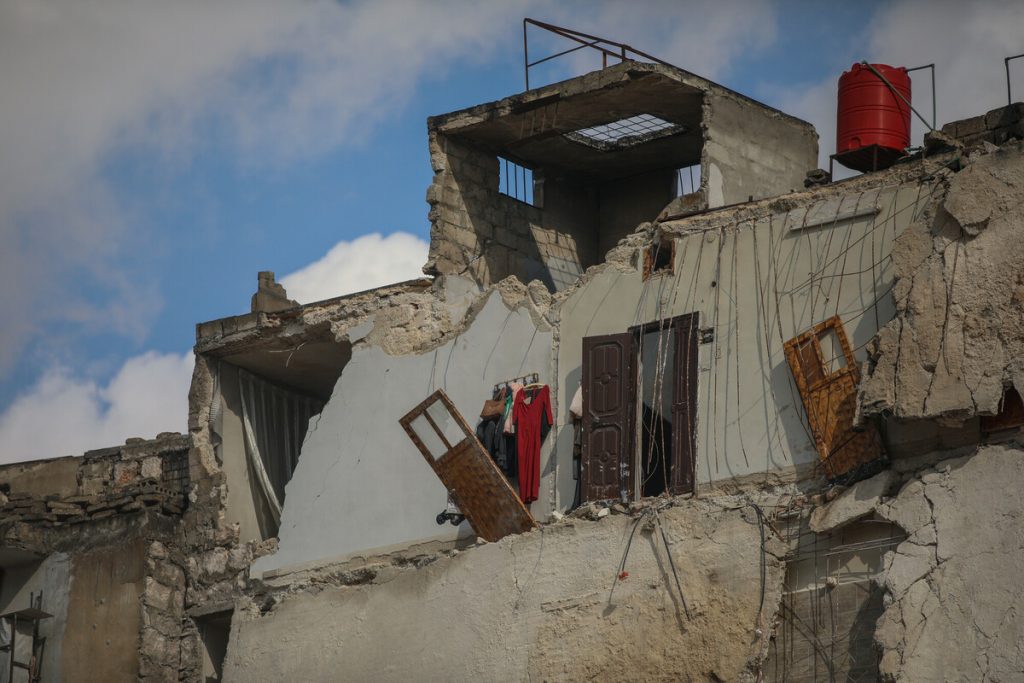Are the Mexico City High-Level Meetings on aid neglecting inclusive development and accountability?
In the current discussions around this week’s first High-Level Meeting of the Global Partnership for Effective Development Co-operation, transparency, accountability, and inclusion are not being sufficiently integrated.
Tariq Sayed Ahmad is a Researcher with the Aid Effectiveness Team at Oxfam America.
This week new and old aid donors, partner governments, civil society, private sector corporations, parliamentarians, and academics will come together in Mexico City to discuss progress towards development cooperation. But the real question Oxfam will be asking as participants is: “Will the Mexico meeting strengthen the international commitment towards helping people raise themselves out of poverty, or will the meeting just be another development trade show?”
The international development community knew there was a something broken in the aid system in the early 2000s. Aid experts, practitioners, officials, and recipients saw that aid wasn’t working as well as it could, and the reason was bad donor behavior – lack of harmonization, inattention to achieving results, and little sustainability. These challenges hindered the ability of partner countries to drive their own development. In essence, the donor community acknowledged that top-down development planning, despite their good intentions, was doing more harm than good.
The Monterrey, Paris, and Accra meetings and related aid effectiveness commitments were intended to solve a collective action problem. How can you change donor behavior, when donors, in essence are sitting on top of the food chain and are usually only accountable to their own governments?
The only way to rectify the problems of donor-driven aid was to bring all the participants together and create a system of accountability at the international level. The monitoring system would be transparent, so donors would be held account to their constituencies and to one another, attempting to solve one of the toughest challenges in the aid architecture. With accountability dispersed both horizontally to other donors, but more importantly, downward towards the governments and intended beneficiaries of aid programs, donors agreed that they wanted to see aid become a more useful tool for the women, men, boys and girls raising themselves out of poverty. This aid effectiveness monitoring system was intended to spark difficult conversations, ensuring donor agencies were making the necessary internal changes to alter their behavior.
Effective partnership is critical
One of the biggest successes of these high-level meetings focused on aid effectiveness has been the inclusive nature of the resulting partnership, the Global Partnership for Effective Development Cooperation (GPEDC), which attempts to bring together the contributions of civil society, the private sector, parliamentarians and officials from partner countries. As a result, the objectives of the partnership grew to include poverty reduction and gender equality. But with this needed expansion of the process to include new themes, financial flows, and actors, it seems the diffusion of accountability may be lost.
When accountability and transparency are integral parts of the Global Development conversations, this can translate into development interventions that are inclusive and transparent, enabling local citizens to make choices and exercise their developmental rights.
For example, when the Indian government established the Rural National Health Mission in 2005, civil society organizations started a program where community members made plans for and monitored local clinics. This gave citizens the ability to provide feedback and help make decisions with service providers. The results?
Citizens in communities with health clinics that had community oversight were nearly twice as likely to utilize those clinics.
Unfortunately, in the current discussions around this week’s first High-Level Meeting of the Global Partnership for Effective Development Co-operation in Mexico City, transparency, accountability, and inclusion are not being sufficiently integrated across the spectrum of issues.
In response to the findings in the recently-released post-Busan monitoring report, David Hall-Matthews, Director of Publish What You Fund, said,
“This is a timely wake-up call that more is needed for donors to fulfill their original commitments. All donors must accelerate their efforts to publish high quality aid data, which the report confirms is not yet happening.
“But the report does not go far enough in measuring donors’ aid transparency accurately. There’s not enough emphasis on donors publishing current activities, which partner countries have identified as being critical for their own planning, and which is a key element of the methodology behind our Aid Transparency Index.”
Despite the intentions to streamline inclusive development into all the different Mexico High-Level Meeting work streams, this and aid transparency and accountability are all but absent from the private sector discussions and the south-south cooperation discussions.
Without it, the Mexico High-Level Meeting risks becoming more of a development trade show than a proactive attempt to push donors and make aid more effective.
Originally published by Oxfam America.

